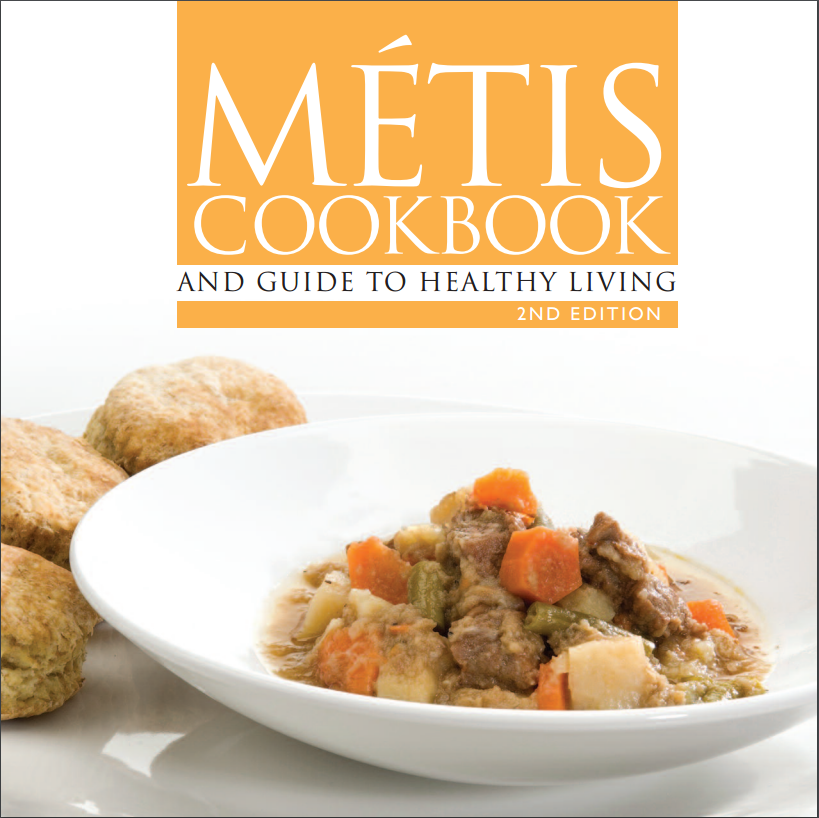After the last several weeks of readings and discussions, I have become more keenly aware of the resources I use in the classroom, or at least where I look for those resources. My goal is to create a bank of useful resources that are created with an indigenous perspective, or at least in collaboration with authentic cultural input. Some of these links I have posted below are not necessarily teaching resources, but ones to instil a sense of awareness for all educators to be more culturally aware in their practice.
Working Toward Transformation and Change: Exploring Non-Aboriginal Teachers’ Experiences in Facilitating and Strengthening Students’ Awareness of Indigenous Knowledge and Aboriginal Perspectives
http://ir.lib.uwo.ca/cgi/viewcontent.cgi?article=1942&context=etd
This resource is a graduate thesis that includes a discussion about culturally responsive teaching for the non-indigenous teacher. The latter half of the document delves into a qualitative research study about how non-Aboriginal educators incorporate Aboriginal knowledge and perspectives into their instruction. The conclusion falls short of making suggestions or offering resources for use in the classroom (intentionally), but does offer a critical reflection and insight on practices used, including student opinions. It could resonate with many non-indigenous educators who find themselves facilitating lessons that are similar.
Indigenous Principles Decolonizing Teacher Education: What We Have Learned
http://ineducation.ca/ineducation/article/view/61/547
I predominantly like this paper for its Figure 1 chart titled “Ways of knowing” which highlights the differences between Euro-American-Centrism/Neoliberalism and Indigenous curricula. However, it is also local, and created in collaboration between non-indigenous and Lil’wat First Nation educators. Figure 2 highlights the Lil’wat principles of teaching, which I see as being valuable to incorporate into a variety of classroom practices.
Website: ineducation.ca
After discovering a few great articles that came from this site, I realized it is a useful platform that is a peer-reviewed, open access journal, based in the field of education. It is also out of the University of Saskatchewan, offering Canadian specific content.
Best Practices for Teaching Aboriginal Students
Adapted from: Best Practices in Teaching Aboriginal Children: From an Aboriginal and Non- Aboriginal Perspective. By Theresa Wilson, (Master’s Thesis: Conversations with First Nations Educators) 2001 UVic
This short pdf doc is an easy to read, bullet pointed document that could be shared and distributed amongst teaching staff as a daily reminder to stay mindful of how to differentiate our teaching for indigenous students. I see it being very accessible for everyone.
Beyond Words: Creating racism-free schools for Aboriginal learners
http://www.bctf.ca/uploadedFiles/Public/AboriginalEducation/BeyondWords(1).pdf
This BCTF document has a few sections I find particularly impactful for myself, and to share with my colleagues. Three sections serve as a self-reflection on one’s own teaching, as well as one’s school culture:
- Questions for Teachers to Consider (p. 19)
- A Self-Assessment Guide for Teacher (p. 25)
- School Review of Inclusiveness for Aboriginal Students (p. 45)


